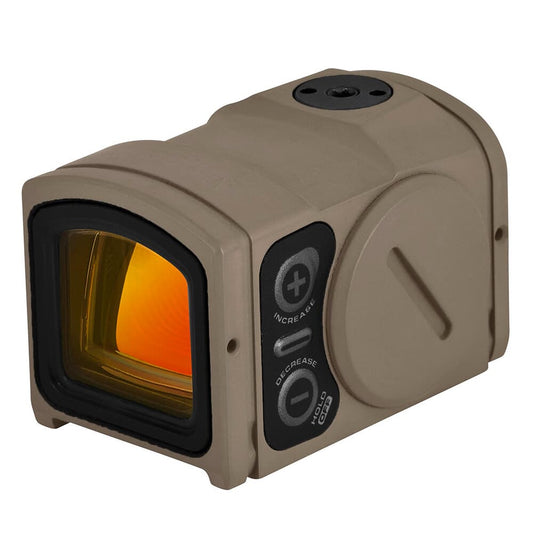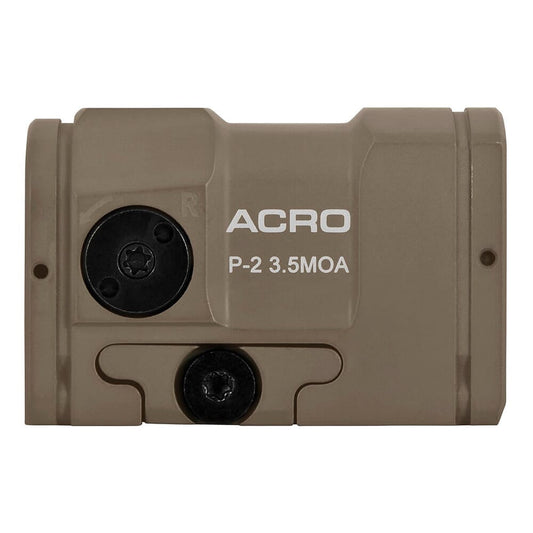

Pulsar Thermal Imaging Monocular Telos XP50 features an 18mK NETD sensor, delivering exceptional clarity and detail for observing wildlife or conducting security operations. With a detection range surpassing 1900 yards, this monocular is ideal for long-range viewing. Its zoom adjustment provides quick, precise focus, making it suitable for rapid scenarios where accuracy is key.
Built to withstand harsh conditions, this versatile device operates efficiently in temperatures between -13°F and 104°F. Its intuitive interface allows users of all skill levels to navigate functions easily, ensuring that you can maximize your time outdoors. Whether you're a seasoned professional or a beginner, the Telos XP50 is a reliable companion for your adventures.
Features:
- UNMATCHED DETAIL for superior heat detection with an industry-leading 18mK NETD sensor.
- SEAMLESS ZOOM allows for smooth magnification adjustments for effortless focusing.
- LONG-RANGE CAPABILITY with a detection range of over 1900 yards, perfect for long-distance observation.
- ROBUST DESIGN built to operate in extreme temperatures, ensuring reliability in all weather conditions.
- ADVANCED BATTERY LIFE featuring over 8.5 hours of use and compatible with USB-C chargers.
- MODULAR COMPONENTS enable future upgrades tailored to your unique needs.
- DURABLE CONSTRUCTION to withstand harsh environments, from Arctic cold to swampy wetlands.
- USER-FRIENDLY INTERFACE designed for effortless operation, making it suitable for all skill levels.
Technical Specifications Table
| Specification | Details |
|---|---|
| Magnification | 1.5x - 12x |
| Lens Diameter | 50mm |
| Weight | 1.7 lbs (770 g) |
| Dimensions | 12.2 x 4.3 x 3.5 inches |
| Material | Durable polymer |
What’s in the Box?
- Pulsar Telos XP50 Monocular
- Lens Covers
- USB-C Charging Cable
- User Manual
- Padded Carrying Case
Customer Reviews
“This monocular exceeded my expectations! The clarity is outstanding even at long distances.”
“I’ve used it in various weather conditions, and it never let me down.”
“The zoom feature is a game-changer. Very intuitive and easy to use!”
FAQ
How does the Telos XP50 perform in low-light conditions? The Telos XP50 excels even in low-light environments, allowing you to detect heat signatures effectively thanks to its advanced image processing capabilities.
Can the battery be replaced? Yes, the LPS 7i battery is rechargeable and can last over 8.5 hours. It can be charged using any USB-C compatible charger.
Is it suitable for outdoor use? Absolutely! The Telos is built to withstand extreme temperatures and wet conditions, making it perfect for outdoor adventures.
How does it compare with other thermal monoculars? The Telos XP50 offers superior range and detail compared to many competitors, thanks to its advanced sensor and lens technology.
Is the Telos XP50 easy to operate for beginners? Yes, its user-friendly interface and intuitive controls make it accessible for both novice and experienced users.
Similar Models
Looking for more outstanding optics? Explore our extensive Pulsar lineup, including models like the Pulsar Axion Key for a compact solution or the Pulsar Helion 2 for enhanced performance. Discover the full collection tailored to your adventure needs.
You May Also Like
Here’s some of our most similar products people are buying. Click to discover trending style.








